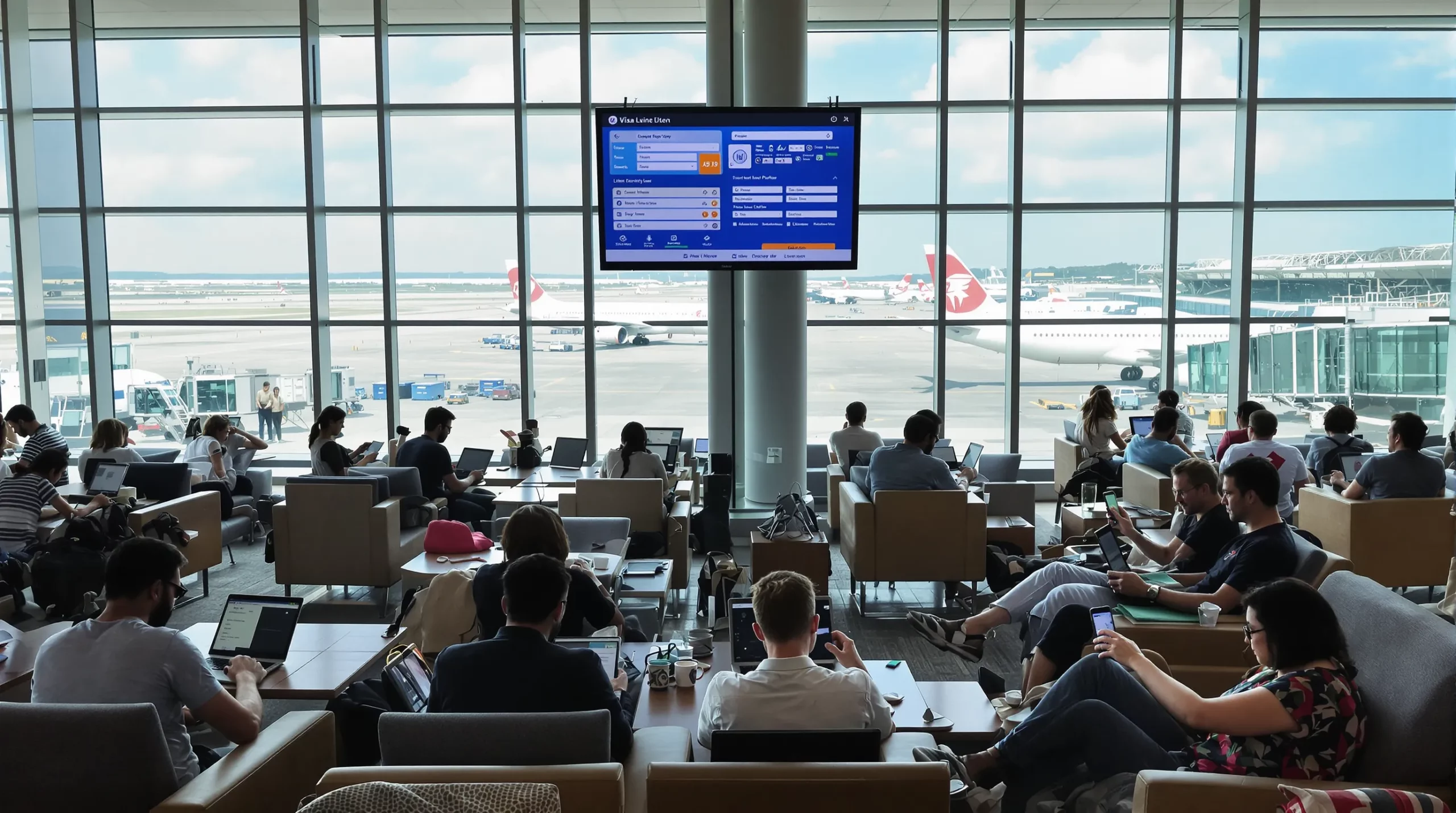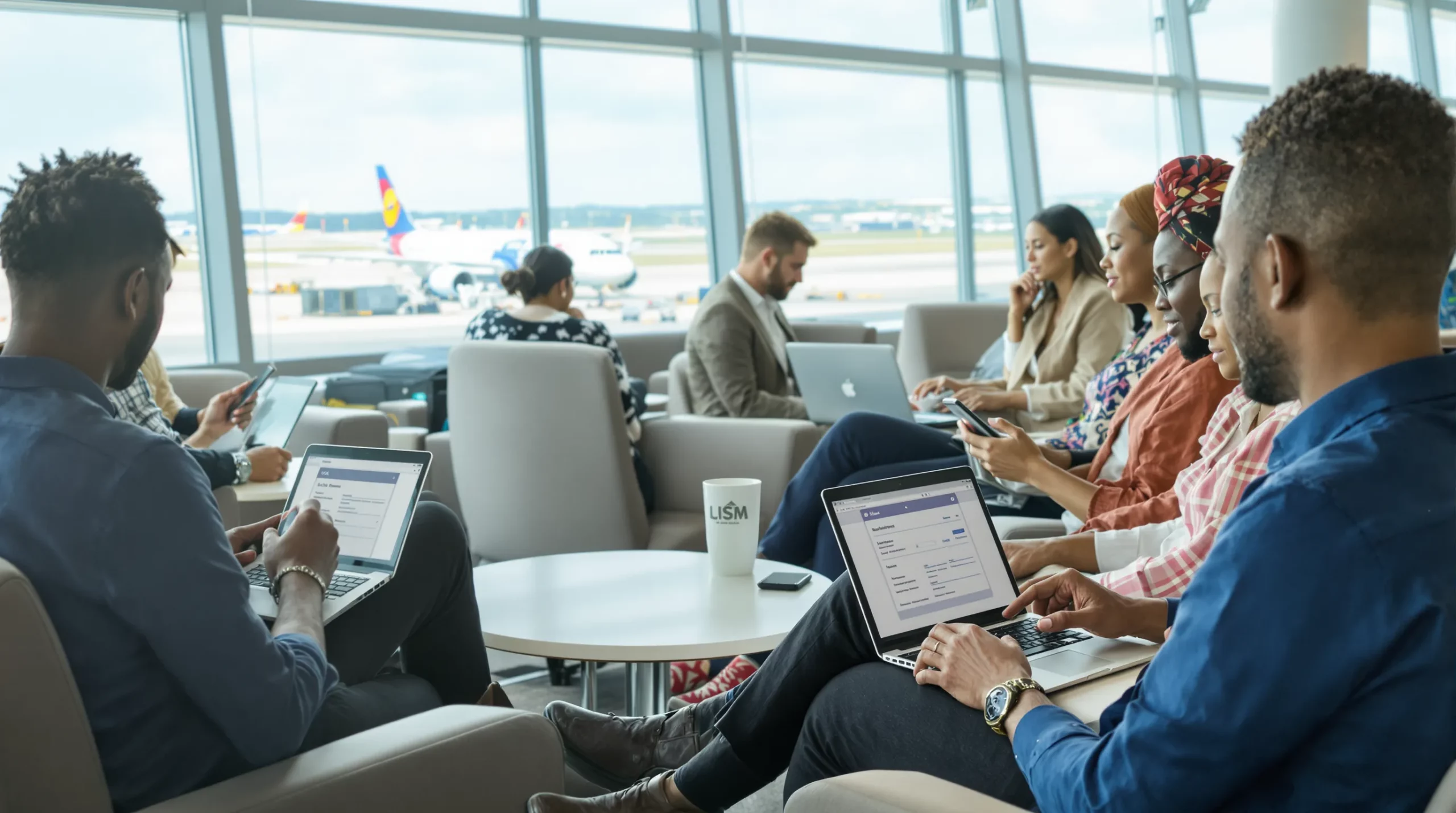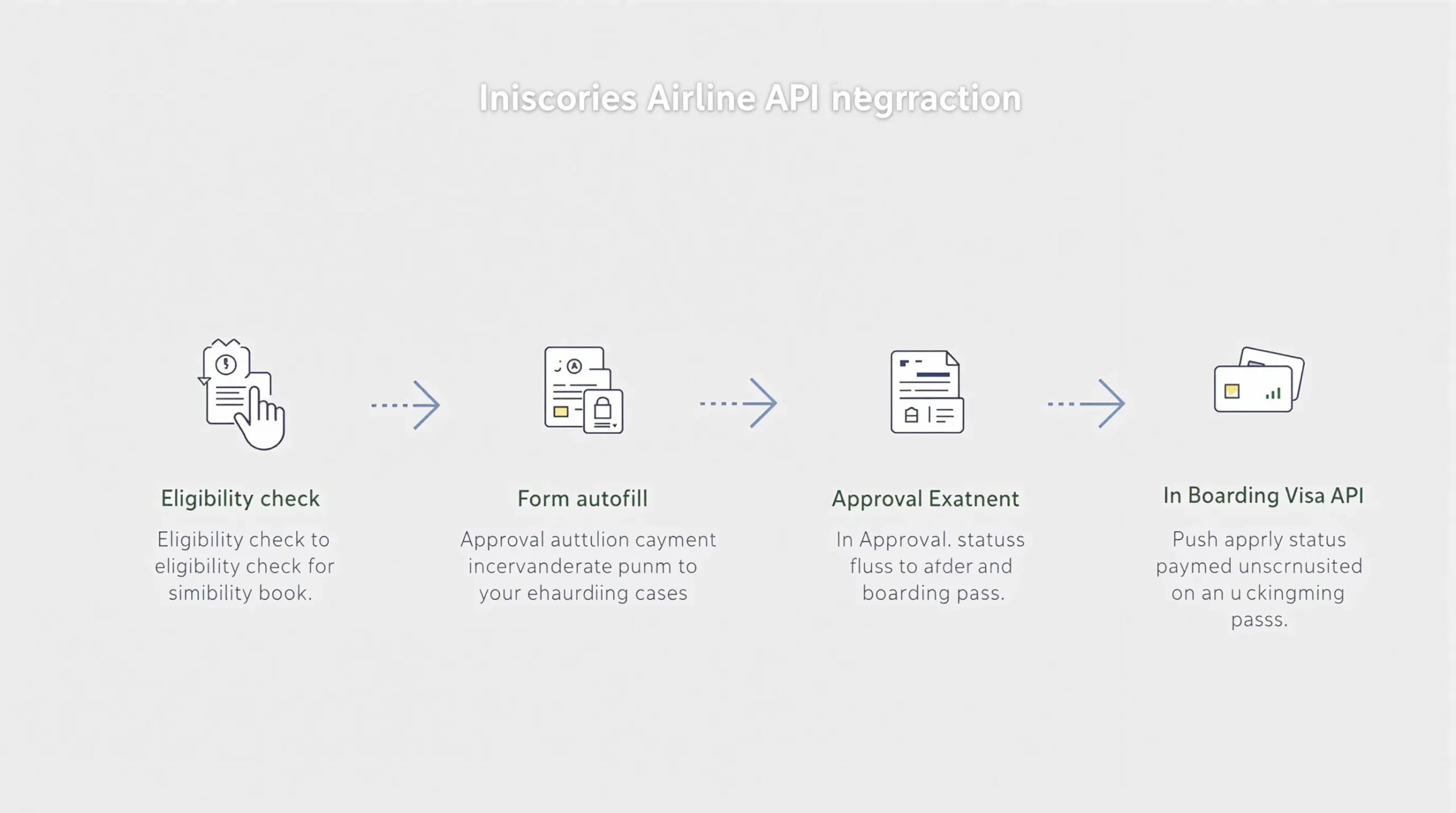10 Frequently Asked Questions About Electronic Visas Answered

International travel is becoming digital-first, and the shift from paper stickers to electronic visas (eVisas) is at the heart of that transformation. Yet many travelers —and even some travel professionals—still have lingering questions about how eVisas work, where they are accepted, and what pitfalls to avoid. Below we tackle the ten questions we hear most often at SimpleVisa, giving you clear, current, and practical answers for 2025 and beyond.

1. What exactly is an electronic visa?
An electronic visa is a digital travel authorization issued by a foreign government and linked to your passport number in the immigration authority’s database. Instead of visiting an embassy, you submit the application online, pay the fee electronically, and receive approval by email (often as a PDF). Upon arrival, border officers scan your passport to verify the eVisa in their system—no physical sticker required.
If you want a deeper dive into how eVisas differ from traditional visas, take a look at our in-depth comparison guide: What is the difference between an electronic visa and a regular visa?
2. How many countries offer eVisas today?
As of July 2025, more than 70 countries provide a fully digital visa application channel for at least one traveler category, according to the International Air Transport Association (IATA) Travel Centre. Popular examples include Australia (ETA), India, Turkey, Kenya, Cambodia, and Saudi Arabia. The European Union’s ETIAS program—scheduled to launch in 2025—will add 30 Schengen states to that list.
Keep in mind that availability depends on your nationality. Always verify your eligibility on the destination’s official government portal or via an accredited service such as SimpleVisa.
3. Are eVisas secure?
Yes—digital visa platforms generally deploy bank-grade encryption, multi-factor authentication, and strong anti-fraud analytics. Many also incorporate biometric verification (facial recognition or fingerprints) at entry points. For a closer look at the technology stack that keeps your data safe, read How Secure is the Electronic Visa System?.
4. How long does an electronic visa take to approve?
Processing windows range from a few minutes to several days. Tourist eVisas for Kenya or Sri Lanka can be approved in under an hour, while India’s eVisa usually takes 24–72 hours. High-demand periods (summer holidays, religious festivals, major sports events) tend to extend turnaround times, so we recommend applying at least one week before departure. Our guide on When should I apply for an electronic visa? breaks down country-by-country lead times.
5. Do I need to print my eVisa confirmation?
In most cases, a digital copy on your phone or tablet suffices; the border agent will rely primarily on the data attached to your passport. That said, some airlines still request a hard copy at check-in to satisfy “documents ready” rules, and certain airports experience system outages. Bringing a printout remains a cheap insurance policy—especially if you connect through rural or smaller regional airports. More details are available in our article Do you need to print an electronic visa?.
6. Can I extend my stay on an eVisa?
Often yes, but policies are destination-specific. For example, Thailand allows a 30-day extension for its eVOA (Visa on Arrival), while Australia’s ETA generally requires leaving and re-applying. Extensions usually involve:
- An online or in-country application form
- Valid passport with at least six months’ validity
- Proof of funds and updated accommodation details
Our step-by-step tutorial How to Extend Your Stay with an Electronic Visa outlines documentation and timing strategies.
7. What happens if my eVisa application is denied?
Denials can occur due to incomplete forms, unpaid fines in the destination country, or security flags. You typically receive a refusal letter with a reason code. Depending on the country, you may:
- Submit a fresh application correcting errors
- File an administrative appeal (rare for tourist visas)
- Apply for a conventional embassy visa, which involves an interview
SimpleVisa’s support team can review denial letters and suggest the quickest path forward, often within 24 hours.
8. How much does an eVisa cost?
Fees vary widely—from free ETAs (South Korea) to US $160+ for business eVisas (Nigeria). The price usually includes a government fee plus a service fee if you use a third-party facilitator. Several destinations have introduced dynamic pricing, charging extra for 24-hour “express” processing. To estimate your total cost, consult official fee schedules or our regularly updated Electronic Visa fee calculator.
9. Will an eVisa guarantee entry?
No visa—digital or otherwise—constitutes an irrevocable right to enter. The final decision rests with the immigration officer at the port of entry. If your circumstances have changed (for example, you over-stayed on a previous trip, or your passport has new damage), expect additional questioning.
That said, government statistics show denial at the border is rare for travelers holding a valid eVisa—less than 1 percent, according to Australia’s Department of Home Affairs 2024-25 report.
10. How does an eVisa integrate with airline bookings and travel apps?
Because eVisas are data-driven, they can be inserted directly into booking flows. For instance, SimpleVisa’s Visa API lets airlines validate eligibility mid-checkout, pre-fill traveler forms from existing PNR data, and push status updates back to the passenger’s mobile wallet. This not only removes friction but also generates new ancillary revenue for carriers. Curious about the back-end mechanics? Read How eVisa APIs work: Step by Step.

Quick-Fire FAQ
Is an eVisa the same as an ETA? No. An Electronic Travel Authorization often applies to visa-exempt nationals for short visits (e.g., Canada, U.S. ESTA), while eVisas usually replace traditional visas and involve more data fields.
Can I hold more than one active eVisa for the same country? Usually not; your new application will void the previous authorization.
What if my passport expires soon? Most eVisa systems require at least six months’ validity beyond your travel dates. Renew your passport before applying.
Do children need separate eVisas? Yes, even infants generally need their own authorization unless they are included in a parent’s passport, which is increasingly rare.
Is Wi-Fi required at the airport to show my eVisa? It helps, but you can store the PDF or QR code offline in your phone’s files app or digital wallet.
Ready for a smoother journey?
Whether you’re a traveler planning your next adventure or a travel brand looking to simplify border formalities for your customers, SimpleVisa removes the guesswork. Our platform offers:
- Guided applications with built-in document validation
- 24/7 human support
- API or no-code widgets for instant integration
Give your customers the confidence to book (and re-book). Book a free demo and see how easy electronic visas can be.